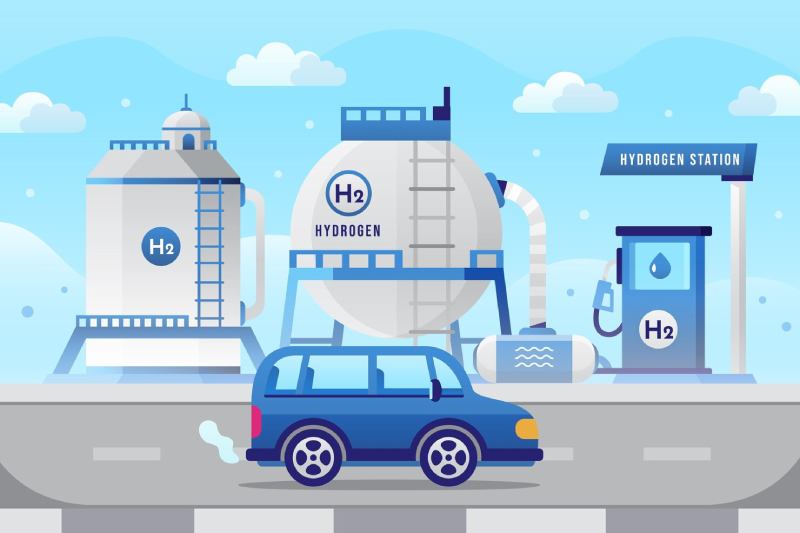El Salvador, the smallest and most densely populated country in Central America, has been actively pursuing energy diversification and sustainability to enhance its energy security and reduce reliance on imported fossil fuels. In 2023, El Salvador's Gross Domestic Product (GDP) was valued at USD34.02 billion[ 1] . The economy is primarily driven by the services sector, which contributes about 60 per cent to the GDP, followed by industry at 25 per cent, and agriculture at 15 per cent. [2 ] El Salvador’s energy sector is characterised by a mix of renewable and non-renewable sources. The total installed electricity generation capacity is around 3GW [3 ] . Historically, the electricity mix has included a significant share of renewables, with hydroelectric and geothermal power being prominent. The country is one of the largest producers of geothermal energy in Central America, with geothermal plants contributing significantly to the electricity supply. The country operates two geothermal plants, with an installed capacity of 204 MW, extracted from 33 production wells.[4 ] Hydroelectric power also plays a vital role, with several dams harnessing the energy of the Lempa River.

Figure: L-R: Installed capacity in El Salvador; Electricity generation by source [ 5 ]
As of 2023, renewable energy sources contributes to over 70 per cent to El Salvador’s electricity generation [ 6 ] .
El Salvador’s hydrogen sector is in its early stages, with limited production and consumption capacity and is mainly limited to industrial applications. The country’s abundant renewable energy resources, particularly geothermal energy, present a great opportunity for developing a flourishing green hydrogen industry. By investing in green hydrogen value chain related infrastructure, establishing supportive policies, and engaging in regional collaborations, El Salvador can position itself as a key player in green hydrogen production in Central America
As of November 2024, El Salvador has not established a dedicated national hydrogen policy or strategy. However, the country has demonstrated a commitment to integrating hydrogen into its energy framework through various initiatives.
As of November 2024, El Salvador has not established a dedicated regulatory framework specifically for the green hydrogen value chain. However, the country has implemented several policies and regulations that support the development of renewable energy, which could facilitate hydrogen projects in the future.
The Electricity Law enacted in 1996 restructured the electricity sector, promoting private investment and competition. It established the General Superintendence of Electricity and Telecommunications (SIGET) as the regulatory body overseeing the electricity market. Although the law does not explicitly cover hydrogen, its provisions for renewable energy integration could support future hydrogen developments. The National Energy Council (CNE) is responsible for formulating and coordinating national energy policies.

El Salvador has made significant strides in developing its renewable energy infrastructure, leveraging its abundant natural resources to diversify its energy mix and enhance sustainability.
As of November 2024, El Salvador does not have established facilities for manufacturing electrolysers, which are essential for green hydrogen production.
At present there are no projects, publicly announced pilots or Memoranda of Understanding (MoUs) specifically dedicated to green hydrogen.